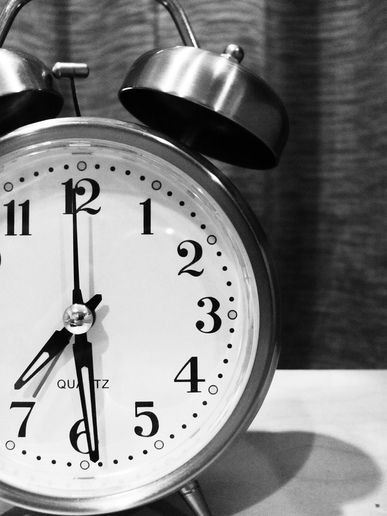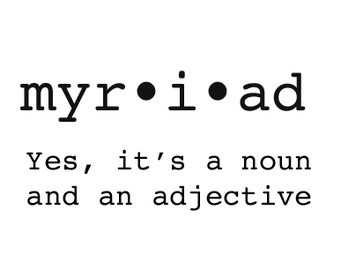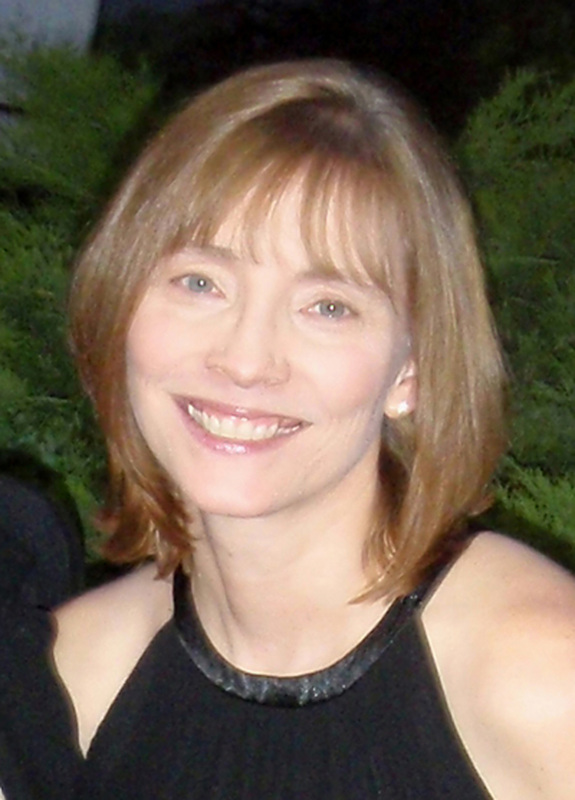 When expressing time, consistency is key.
When expressing time, consistency is key. One of my online writing pals, the lovely and talented Molly Greene, recently asked the following writing question:
What's the best way to write time?
The key to addressing this issue is consistency; it's more a matter of style than of right and wrong, so it really comes down to choosing a style and sticking with it.
Because the bulk of my writing experience has been in the newspaper industry, I've become well acquainted with the Associated Press Stylebook, a manual that guides how journalists should punctuate, capitalize, abbreviate and otherwise handle language. AP Style dictates that time be written as figures (Arabic numerals*), except for noon and midnight, and that times be given as shown in these examples: 1 a.m., 11 p.m., 2:45 p.m., 6-10 p.m., 8 a.m. to 4:30 p.m. In AP Style, "even" hours read as 5 p.m. (not 5:00 p.m.). And if the time begins a sentence (as in: Ten o'clock came and went...) you should spell out the number instead of using numerals.
Personally, I find it easier to read time as numerals instead of words, so I generally follow AP Style: 5 o'clock instead of five o'clock and 5:15 instead of five-fifteen. While I work in the newspaper world, I know that many of my blog followers are novelists, and the standard style for this type of writing is a bit different.
For novels (fiction and non-fiction), the general rule is to spell out time. When expressing time in words instead of numerals, you should use a hyphen, as in five-fifteen. But when a hyphen is necessary in the expression of minutes, only hyphenate the minutes, as in five forty-five. Other time expressions could include half past five and twenty to seven or seven in the morning and ten at night.
Here are a couple of cheat sheets for both formats:
What's the best way to write time?
The key to addressing this issue is consistency; it's more a matter of style than of right and wrong, so it really comes down to choosing a style and sticking with it.
Because the bulk of my writing experience has been in the newspaper industry, I've become well acquainted with the Associated Press Stylebook, a manual that guides how journalists should punctuate, capitalize, abbreviate and otherwise handle language. AP Style dictates that time be written as figures (Arabic numerals*), except for noon and midnight, and that times be given as shown in these examples: 1 a.m., 11 p.m., 2:45 p.m., 6-10 p.m., 8 a.m. to 4:30 p.m. In AP Style, "even" hours read as 5 p.m. (not 5:00 p.m.). And if the time begins a sentence (as in: Ten o'clock came and went...) you should spell out the number instead of using numerals.
Personally, I find it easier to read time as numerals instead of words, so I generally follow AP Style: 5 o'clock instead of five o'clock and 5:15 instead of five-fifteen. While I work in the newspaper world, I know that many of my blog followers are novelists, and the standard style for this type of writing is a bit different.
For novels (fiction and non-fiction), the general rule is to spell out time. When expressing time in words instead of numerals, you should use a hyphen, as in five-fifteen. But when a hyphen is necessary in the expression of minutes, only hyphenate the minutes, as in five forty-five. Other time expressions could include half past five and twenty to seven or seven in the morning and ten at night.
Here are a couple of cheat sheets for both formats:
| Cheat sheet for novels five-fifteen five forty-five twenty to seven half past three seven in the morning seven A.M., ten P.M. six o'clock | Cheat sheet for newspapers 1 a.m. 4 p.m. 2:45 p.m. 6-10 p.m. 8 a.m. to 4:30 p.m. |
There are exceptions to these guidelines, and rules can vary from book to book and publisher to publisher. I recently picked up a pair of paperbacks by a well-known author and found gross discrepancies in the way time elements were expressed. In fact, on the same page — same paragraph! — the narrator referred to "six o'clock on Sunday" and 8 A.M. on Sundays." A reference to a plane flight was given as 6:30. One page had six A.M. while another had 4 A.M. It is worth noting that while AP Style calls for the use of a.m. and p.m. (all lowercase), most novels I've researched for this post exclusively use A.M. and P.M. (all caps).
When it comes to numbers in general, style guides have many exceptions to the basic rules depending on how the number is used. While AP Style recommends numerals (5:15) for times and ages, it also calls for spelling out numbers in other instances. (A 5-year-old girl but five books.) And to make it even more confusing, in general usage, AP requires that numbers one through nine be spelled out and numbers 10 and above be expressed in numerals, but exceptions exist for everything from addresses and weights to measurements and dimensions.
Whether you spell out times with words or use numerals, either choice is acceptable. It's all about consistency. The important thing is to choose a style and maintain it throughout your manuscript. While there are many style guides out there, The Chicago Manual of Style is probably the best resource for novelists. I recommend adding a copy to your library. There are many exceptions to these basic rules, and it's best to have a guide handy so that you can refer to it as you write or edit. If you are writing for a specific publisher, ask which style guide they prefer and follow it.
It is worth noting that many magazines, newspapers and publishing houses create their own house style guide or add exceptions to an established guide (like Chicago or AP). It's perfectly acceptable to create your own exceptions to the established style guide you choose — as long as you consistently maintain that exception throughout your work.
This post gives the basics, but it doesn't cover every time scenario a writer might encounter; if you have a specific issue you'd like to see addressed here, leave a comment below and together we'll try to find an answer.
How do you write time? Do you have observations, tips or suggestions to share with other writers? Feel free to leave your thoughts in the comments. Disagreement is welcome; incivility is not.
* The term numeral can refer to any symbol that represents a number, even a word. My references to the term numeral in this post are in reference to Arabic numerals (like 8, 9, 10).


